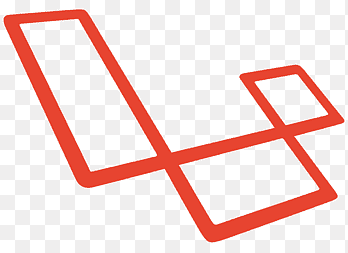Feature flags, also known as feature toggles, are a powerful development pattern that allows developers to enable or disable features in a system without deploying new code. This approach is particularly useful in modern software development, where continuous integration and continuous deployment (CI/CD) are crucial.
What Are Feature Flags?
Feature flags are conditional statements within your codebase that control whether a specific feature is active or inactive. This control can be managed through various methods, such as configuration files, admin interfaces, or specialized tools. Feature flags allow developers to release new features safely, perform A/B testing, and gradually roll out changes to users, all without the need for frequent redeployments.
Key Benefits of Using Feature Flags in Laravel
- Safe and Controlled Deployments: deploy your code to production confidently, knowing that new features can be toggled on or off at any time.
- Continuous Delivery: release code continuously without waiting for every feature to be fully developed and tested.
- Effective A/B Testing: implement and test different versions of a feature to determine which performs better.
- Instant Rollback: quickly disable a problematic feature without the need for a full rollback or redeployment.
- Targeted User Segmentation: roll out features to specific user groups, such as beta testers, to gather feedback before a full release.
Implementing Feature Flags in Laravel
Laravel developers have several options for implementing feature flags, ranging from using pre-built packages to creating custom solutions. Below are some effective methods to get started.
Using a Laravel Package for Feature Flags
One of the simplest ways to implement feature flags in Laravel is by using a package like spatie/laravel-feature-flags. This package provides an easy-to-use interface for managing feature toggles in your Laravel application.
Installation:
composer require spatie/laravel-feature-flags
Example Usage:
use Spatie\FeatureFlags\Feature;
if (Feature::accessible('new-feature')) {
// The feature is enabled, execute related code
} else {
// The feature is disabled, fallback to old behavior
}
Creating a Custom Feature Flag System in Laravel
For those who prefer a custom solution, creating your own feature flag system in Laravel is straightforward. Here’s a step-by-step guide:
-
Create a Migration for a
feature_flagsTable:Schema::create('feature_flags', function (Blueprint $table) { $table->id(); $table->string('feature'); $table->boolean('enabled'); $table->timestamps(); }); -
Develop a Model and Service to Manage Feature Flags:
class FeatureFlag extends Model { protected $fillable = ['feature', 'enabled']; } class FeatureFlagService { public function isEnabled(string $feature): bool { return FeatureFlag::where('feature', $feature)->value('enabled'); } } - Integrate the Service into Your Application:
$featureFlagService = app(FeatureFlagService::class); if ($featureFlagService->isEnabled('new-feature')) { // Enable the feature } else { // Disable the feature }
Environment-Based Feature Flags in Laravel
For simpler use cases, environment variables can be an effective way to manage feature flags.
Example:
-
Set a Flag in
.env:NEW_FEATURE_ENABLED=true
-
Check the Flag in Your Code:
if (env('NEW_FEATURE_ENABLED', false)) { // Feature is enabled } else { // Feature is disabled }
Best Practices for Feature Flags in Laravel
- Keep Feature Flags Temporary: remove feature flags once the associated feature is fully deployed and stable.
- Use Clear and Descriptive Names: name your feature flags descriptively to avoid confusion and ensure easy management.
- Document the Purpose of Each Flag: always document the purpose and expected removal date of each feature flag.
Conclusion
Feature flags are an essential tool in modern software development, offering Laravel developers the ability to deploy and manage features safely and efficiently. Whether using a package or implementing a custom solution, feature flags in Laravel can significantly enhance your development workflow, making it easier to manage feature releases, perform A/B testing, and ensure a smooth user experience.

